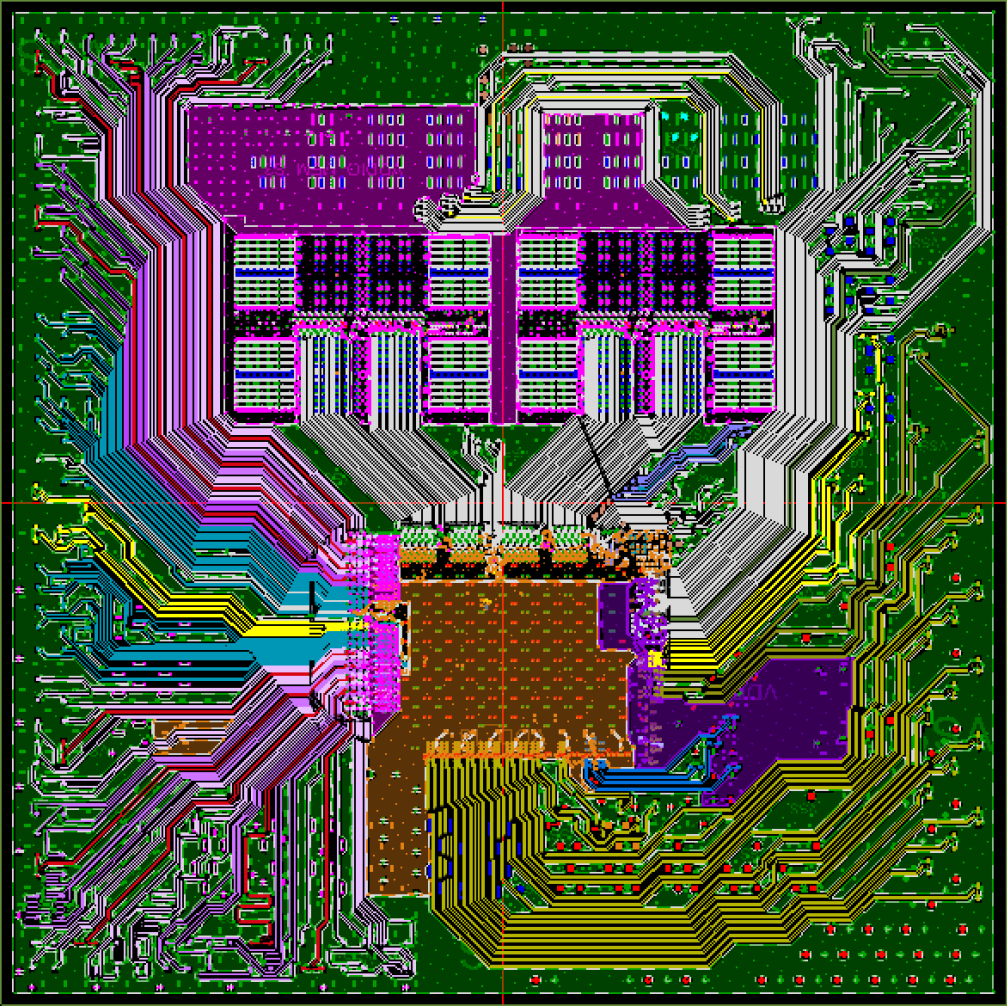- Mar 3, 2017
- 1,777
- 6,785
- 136

Some tidbits
- A 15 layer Telescoping Metal stack has been co-optimized to deliver both high frequency and high density routing capability
They did add a lot more transistor to support AVX512/increasing ROB/L2/uop cache/BTB.
I bet the second GMI burnt a lot of space albeit probably a necessary forward looking block.
Zen5 will be a reset and optimize the core again a la Zen 3
Will be updated if more specs will show up. This time I doubt AMD will be more open
Last edited:







